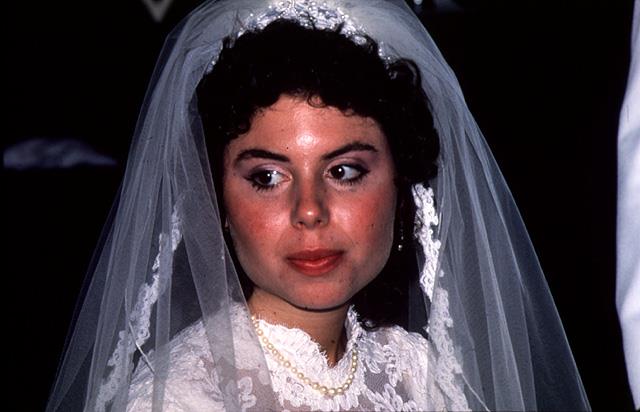
The Jewish Community of Indianapolis
Indianapolis
The most-populous city and state capital of Indiana, USA.
History
The first-known Jewish settlers in Indianapolis were Moses Moolf, Alexander, and Daniel Franco, who emigrated from London about 1850. The first congregation, which became the Indianapolis Hebrew congregation, was founded in 1856, under Rabbi M. Berman. Funds from the Christian community helped equip the first synagogue, completed in 1868. Frederich Kneffler rose to the rank of major general, and is believed to have been the highest- ranking Jewish officer in the American Civil War.
Local synagogues included Shaare Tefila (about 1882), the "Polish Shul"; Knesses israel (about 1883), the "Russian Shul"; and Ohev Zedeck (1884), the "Hungarian Shul". The United Hebrew Congregation was organized in 1904; Eezras Achim, the "Peddlars Shul", in 1910; the central Hebrew congregation in 1920; and Beth-el in 1921. In 1927, Beth-el, the conservative congregation, merged with Ohev Zedeck to form Beth-el Zedeck, one of the two largest synagogues in the state. The other is the Indianapolis Hebrew congregation (Reform); each had around 900 families. Among the early leaders of the Indianapolis Jewish community were Rabbi Isaac Eli Neustadt, who founded the Jewish educational association about 1910; Rabbi Morris Feuerlicht, who served the Indianapolis Hebrew congregation from 1904 to 1946; and G. A. Efroymson, the first president of the Jewish welfare federation (formed 1905 under the name Jewish Federation of Indianapolis), one of the first such organizations in a medium-sized American city. A B'nai B'rith lodge was formed in 1864, and the council of Jewish women was organized in 1895. Jewish leadership helped organize and sustain local general charities. Contributions have been and are being made on the national scene. Milton Steinberg was the first Rabbi of Beth-el Zedeck. Daniel Frisch was a national president of the Zionist organization of America.
The Jewish community was organized through the Jewish welfare federation and the synagogues. Intergroup activities were sponsored by the Indianapolis Jewish community relations council. Jewish education is maintained by the congregational religious schools and a community- supported Hebrew school. The Federation maintains a Jewish community center adjacent to the Hebrew school. In the 1920s Indianapolis Jewry resisted attacks of the Ku Klux Klan. Although Indianapolis Jews exert a great influence in communal affairs, social relations between Jews and Christians are not very extensive. Jews are represented on civic and humanitarian programs. In the past, Jews made their living primarily in retail, wholesale, and service businesses. In the 1960s an increasing number of Jews were practicing in the professions.
In the late 1960s the population of Indianapolis was over 600,000 and the Jewish community numbered about 10,000 (1968). The Jewish community, concentrated in the north-central area, was served by five synagogues. The Jewish population has remained surprisingly stable compared with the growth of the city; the influx of new families is balanced by approximately the same number moving away.